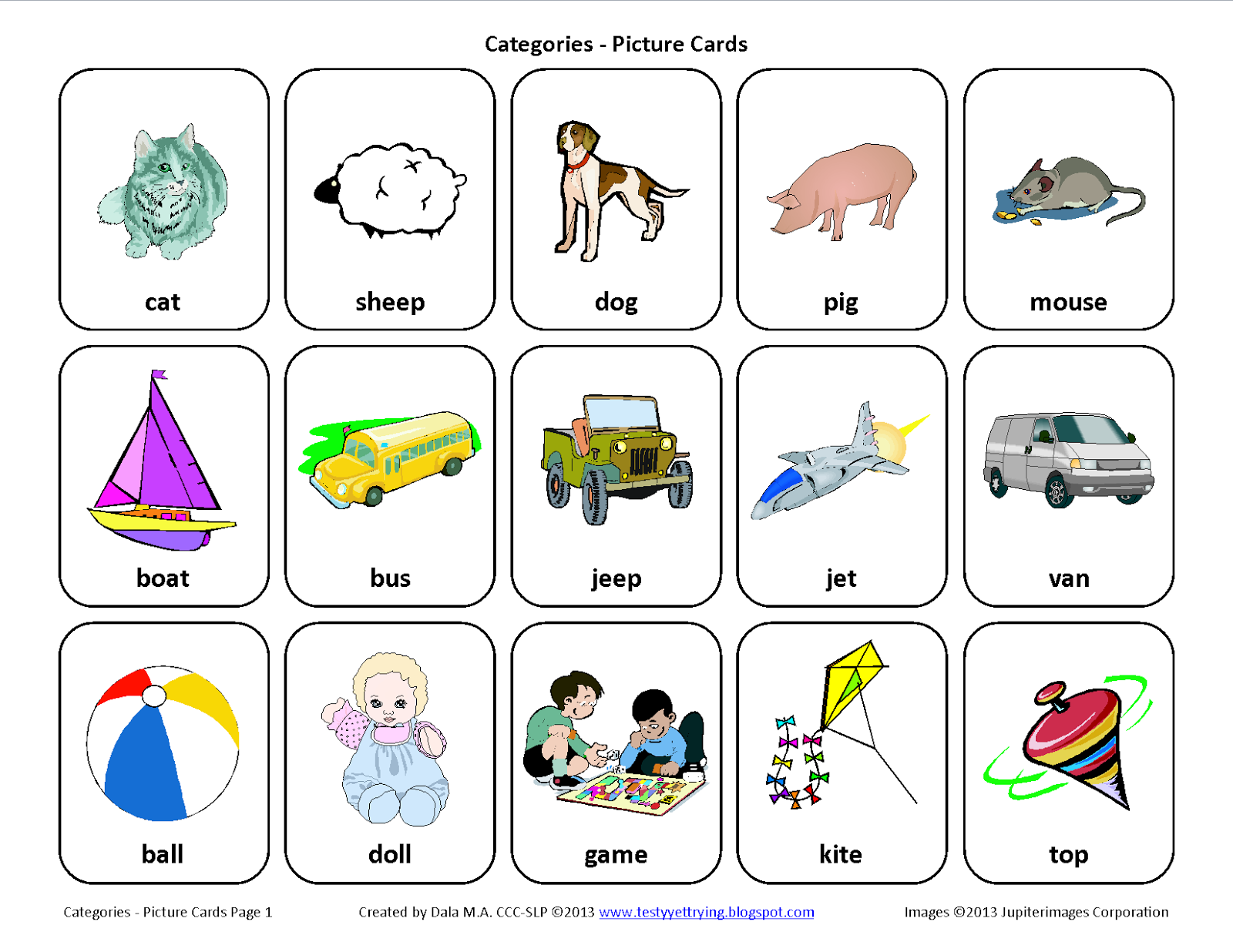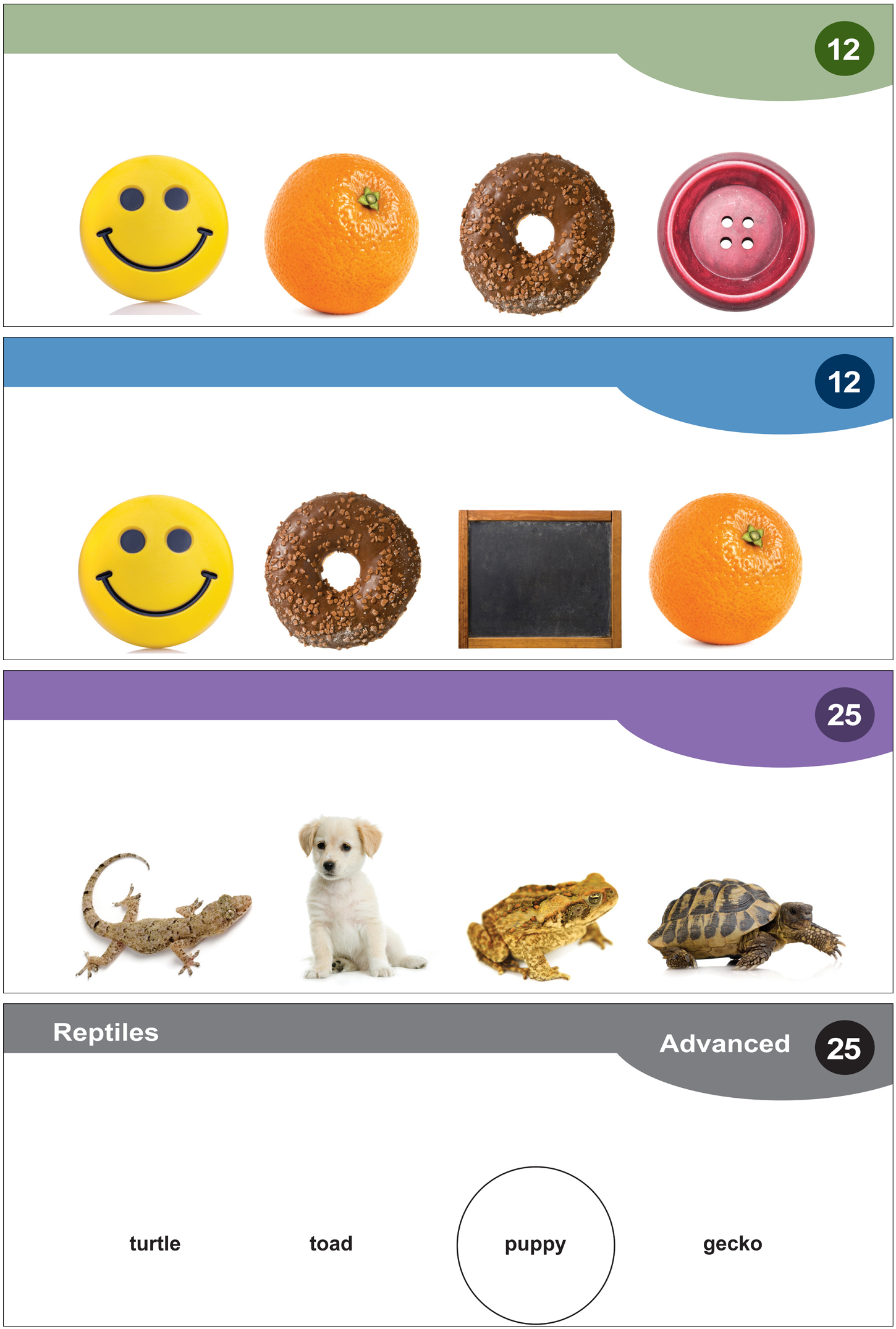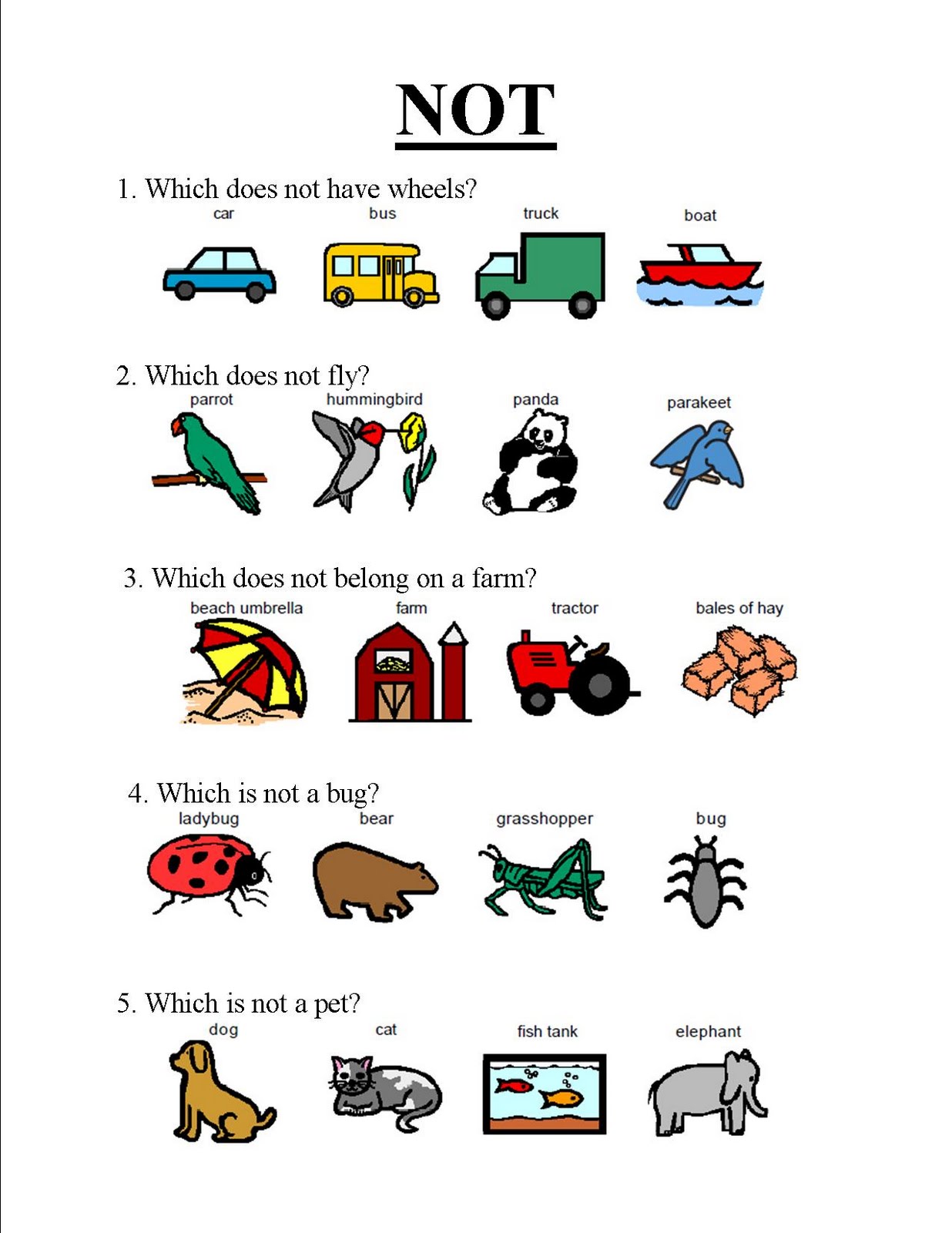
Speech Therapy Categories Worksheets No Prep Activities Set 2
Overview What is speech therapy? Speech therapy is treatment that improves your ability to talk and use other language skills. It helps you express your thoughts and understand what other people are saying to you. It can also improve skills like your memory and ability to solve problems.

How and Why to Teach Categories in Speech Therapy
Speech therapy is the treatment, support, and care provided to children and adults who have difficulty with communication, cognition, voice, or swallowing. Speech therapy services are provided by certified and experienced therapists that are trained to identify the disorder, develop and implement a treatment plan, and provide parent-training and support.

Speech Therapy Animal Sort Categories Categorize Farm Zoo Ocean Pets
Two Can Talk is a Toronto-based speech therapy practice where clients of all ages (from kids to adults) receive personalized care to remediate communication delays or disorders. Whether you are concerned with understanding and using speech and language, fluency (stuttering), literacy, or loss of previously acquired language skills, we are here.

Testy yet trying Sorting by Category Free Speech Therapy Picture Cards
How: Early Describing and Categorization For my youngest students working on categories and describing in speech therapy, I created my Early Describing and Categorizing Packet. This HUGE, comprehensive packet was designed to really break down each concept and give lots of visual support to teach several different semantic mapping features.

Naming Categories Speech therapy, Foundational skills, Strong vocabulary
1. Use real objects! You don't even need to buy anything fancy, use what you have, bring food from home. I'm almost positive you have people, or cars, or play food, or animals. Grab some buckets or empty bins or paper bags and sort, sort, SORT! Seeing a PHYSICAL group really makes a big difference in little brains 2. Cut & Paste those categories

Categories Speech Therapy Activities No Prep Worksheets Set 1
The target categories outlined below are for speech-language pathologists to use during their speech therapy sessions with their speech therapy students as well as for family members of younger kids or older students looking for a great way to work on their child's language skills.

Picture Categories Galore & More Speech Therapy
Top tips on using Scattergories for Speech Therapy. Target Fantastic fun for vocabulary development. Playing by the rules also develops. Literacy skills but can be adapted for younger players. Scattergories is a game typically played with four players. Choose a card, each featuring a category of words such as "types of car" "things you.

Categories Speech Therapy Categories speech therapy, Art therapy
Category Activities - Speech Therapy Skills More Research By age 4-5, children should be able to identify simple categories (e.g., animals, vehicles, food, drink, etc.) and be able to express what does not belong in a group when given items or pictures. (Source: ASHA).

Categories BOOM Cards™ {Speech Therapy Distance Learning} Speech and
The students can focus on words like jack-o'-lantern, ghost, monster, pumpkin, pumpkin pie. The list goes on and on! The game Pictionary is so much fun. Students love it, it's no prep, no cost and the 30 minutes of therapy fly by! It's also easy to take data on because you can see how well students know their category folders.

Category Picture Cards Level 1 Speech Therapy Ideas
WAYS TO AIMED CATEGORIES ON SPEECH THERAPY: When beginning to work on categories, target view concrete concepts afterwards work towards more abstract concepts. Also, keep in mind it's easier till receptively identify a category compared toward expressively titling items with a category.

Categories Speech Therapy Boom Cards Teletherapy Activities
WAYS TO TARGET CATEGORIES IN SPEECH THERAPY: When beginning to work on categories, target more concrete concepts then work towards more abstract concepts. Also, keep in mind it's easier to receptively identify a category compared to expressively naming items in a category. Convergent naming: Name the category (An apple, orange, and banana are…)

NO PRINT Category Sort Allison Fors, Inc.
Well, look no further because I've created a concentration game free printable broken up into 4 different grade levels to make your therapy planning a breeze. Plus I've gathered over 141 categories for concentration so you can be your very own game maker. In keeping with my preferred method of using real photos, I hope you enjoy the new.

Categories BOOM Cards™️ Speech Therapy Distance Learning Categories
Speech Therapy Store is dedicated to making your speech therapy life easier one resource at a time. To do this, we often partner with companies that share that mission.. If so you've come to the right place with over 133 free list of categories for speech therapy divided by grade levels. Category Lists. Here is a list of categories divided.

Speech Therapy. Categories for food groups. Sort fruit, vegetables
Types of Speech Therapy Used by Speech Therapists A speech-language pathologist can use different types of speech therapy to help people with problems related to: Fluency (e.g., stuttering, and cluttering) Speech (e.g., articulation) Language (e.g., ability; comprehension of spoken and written language)

Pin on Phonics Activities
Basic Categories List for Speech Therapy What are Subcategories? Abstract Concepts vs Concrete Concepts Divergent Naming vs Convergent Naming Language Goals for Categorization Skills 6 Category Activities for Speech Therapy Workout Category Activities for Speech Therapy Binder Flip Category Picture Cards Digital Describing Task Cards

Speech Therapy with Miss Nicole Category Exclusion
Teaching categories in speech therapy is essential for vocabulary development. When we teach vocabulary words in "groups," SLPs can create a schema for the students to understand those words. Grouping items by similar features provide a familiar setting for students to organize and understand related nouns.